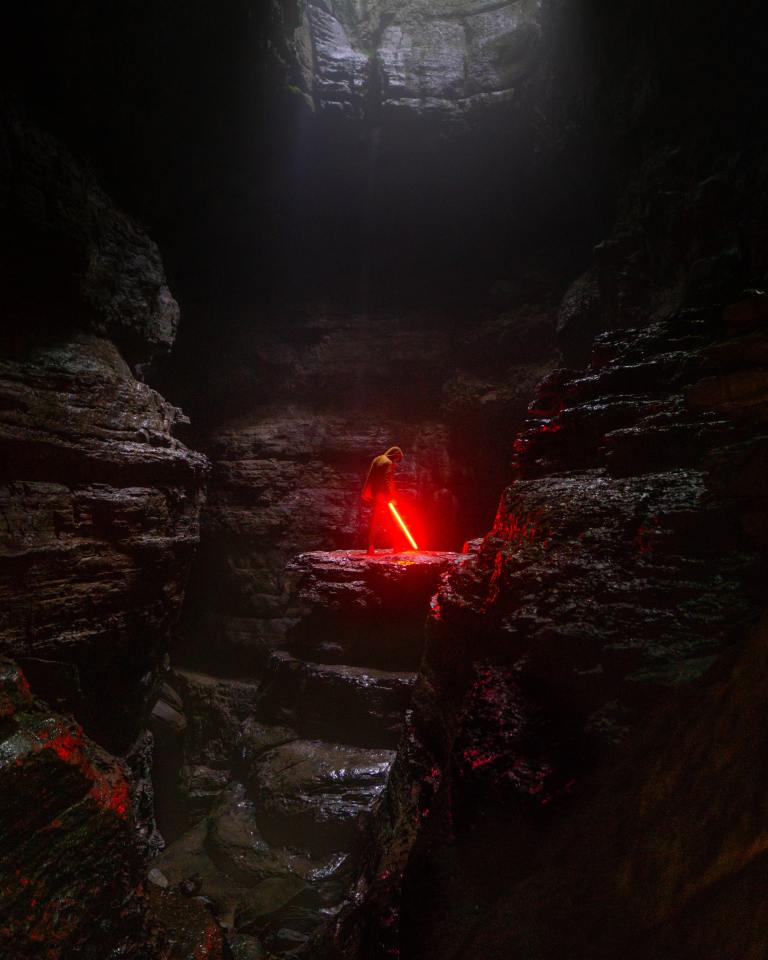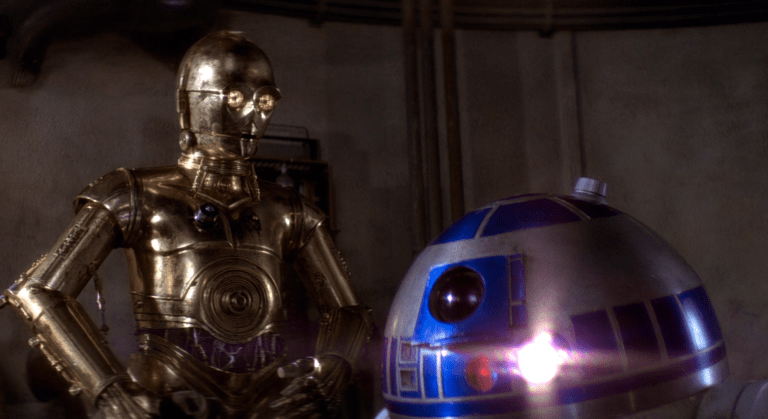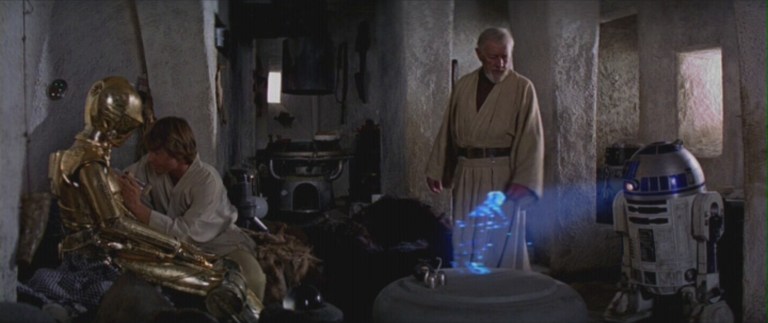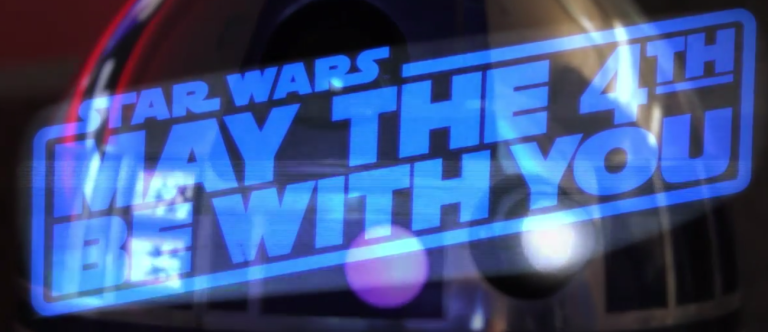A New York Times Theater Critic Reviews “Star Tours: The Adventure Continues”
When the editor who assigned me this review ceased chortling through his overstuffed gully hole, I adjusted myself to the notion of reviewing a theme park ride, the subject of which I have no prior knowledge. Apparently, Star Wars is a popular entertainment from the 1970s that I completely ignored.
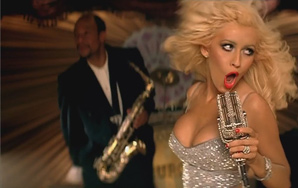
There are many moments in one’s life when the words “dubious,” “inane” and “shockingly retarded” come to mind. I have had the good fortune in my career to avoid tossing around colorful language of this sort until recently. I found myself in the unenviable position of sampling the latest work from avant-garde dramatist, George Lucas. Star Tours: The Adventure Continues, to be staged indefinitely at Disneyland in Anaheim, California, contains the promise of the best work of Brecht, Beckett and Artaud, but falls woefully short in the execution.
When the editor who assigned me this review ceased chortling through his overstuffed gully hole, I adjusted myself to the notion of reviewing a theme park ride, the subject of which I have no prior knowledge. Apparently, Star Wars is a popular entertainment from the 1970s that I completely ignored. I was indisposed at the time, studying the works of Ionesco in a Romanian village east of Bucharest. I remain particularly proud of our staging of “The Bald Soprano” done completely covered in chocolate sauce. This Star Wars phenomenon had very little in common with actors swimming in dessert toppings. Very little, indeed.
Allow me to begin quite literally at the beginning. As is standard at theme parks, you are herded unceremoniously into a long, undulating queue. This mass of people has the dehumanizing effect usually associated with the concentration camp experience. In this moment, I was reminded of the sort of inhumane treatment Saddam Hussein proffered upon the poor Kurdish minorities in the north of Iraq. Surely, the Walt Disney Corporation does not intend to snuff out my life with a noxious gas while assaulted by lights and bombastic music as the Baathist dictator did to his enemies? It is well-known that Hussein used the music of John Williams to lull prisoners into submission.
I was jolted out of my fantasy of ethnic cleansing when greeted with a rather jovial puppet by the name of “Admiral Ackbar.” The voice acting at this point in the presentation could be referred to politely as “boisterous.” If one were to be honest, they would peg this as “trash.” Tom Kane, the gentleman portraying Ackbar, would do well to hew to the adage that acting does not equal mindless screaming; though I would agree with the character wholeheartedly that this production is, in fact, a trap. More to the point, it is an existential black hole from which I have yet to fully emerge.
Of the other featured players in this production, none acquit themselves well, and that includes such accomplished performers as Allison Janney, James Earl Jones (who portrays a sort of macabre robot pantomiming vague threats about “The Dark Side,” which comes off as rather racist), Paul Reubens and former Seinfeld star, Patrick Warburton. I’ve never been too keen on Warburton as an actor, though he seems well suited to playing a “thermal scanner droid” named G2-4T. The emotional range required of the part is within the meager well of talent possessed by Mr. Warburton.
It is never made clear what purpose a “thermal scanner droid” plays in the day-to-day life of a space-faring society, which is one of the many logical flaws in the hastily thrown together plot. The story revolves around some nebulous galactic conflict between an oppressive, fascist government and a plucky group of terrorists. In our current political climate, it is provocative to lionize a group of anti-establishment freedom fighters. I commend Mr. Lucas for his willingness to cast a leftist organization in a positive light, but the potential for social satire is lost during the space battle in orbit over the planet Theed. It is not clear if the conflict stems from religious differences, economic concerns or political ideology. Instead, the Rebels appear to have no demands other than to not have to wear black robes for every occasion. This is sartorially noble, but far from relatable to a casual audience.
This is not to say that there are no morsels of joy buried underneath the bombast. Once inside the Starspeeder, the seats are comfortable and the faint smell of cinnamon permeates the air. Also, I could not help but flash back to my days spent sailing off the coast of New Bedford. The similarity was, of course, that I threw up over the course of the trip in both instances. Fortunately, the other patrons on Star Tours were less disapproving than my father, save for the occasional dirty look in my direction from an overweight housewife in a Little Mermaid-themed muumuu.
As I exited the ride and wiped the partially digested Mickey Mouse pancake from my shirt, I began to feel a mild twinge of pity for George Lucas. He is without doubt a man of considerable imagination. I was amused by the more outré elements of the work, particularly the homosexual robot couple, C3PO and R2-D2. Mr. Lucas’s work feels as though it is a direct application of Susan Sontag’s seminal essay, “Notes on Camp.” A universe populated by gay robots, men in capes and blatant racial stereotypes reflects the bourgeois, ironic, Baroque, excessive artistic flatulence Sontag was discussing. Unfortunately, the fey, homoerotic stylings of Lucas lack the clear vision of the work of an auteur like John Waters. It’s a great shame, and one hopes that Lucas’s next dramatic work is grounded on Planet Earth. ![]()
